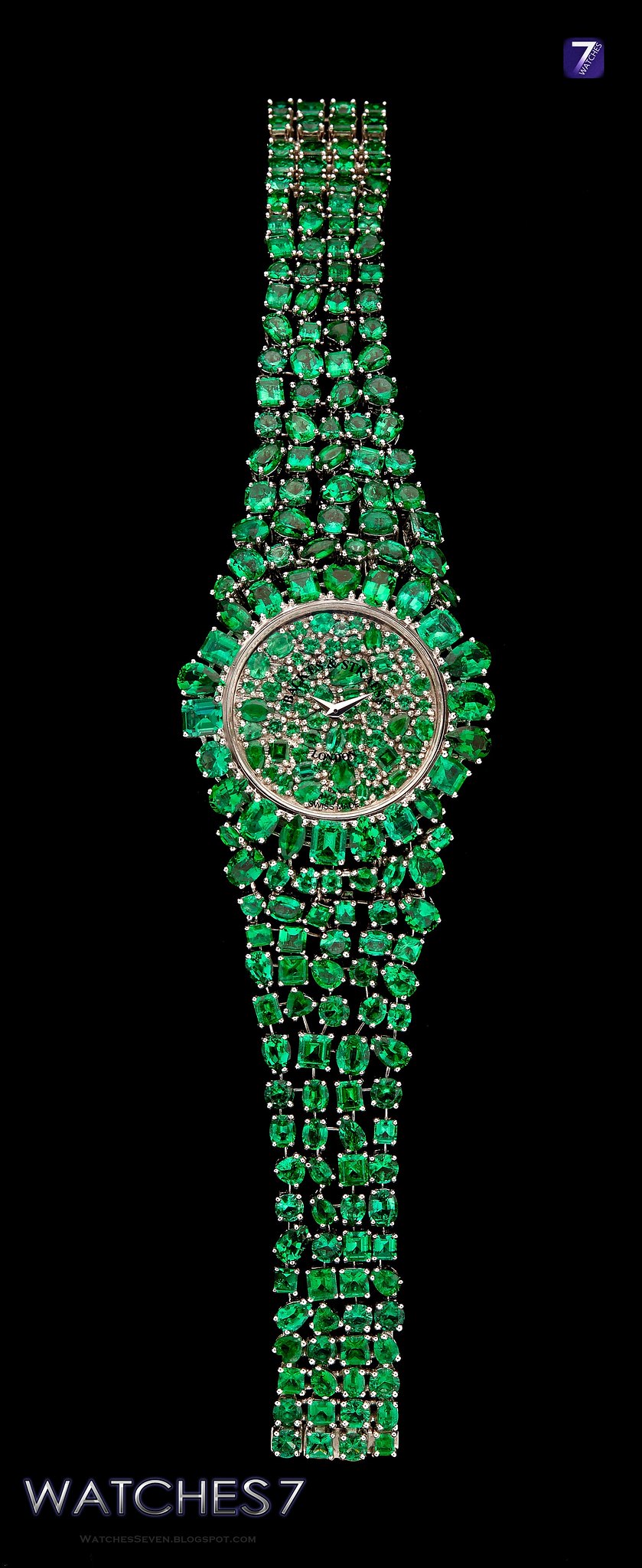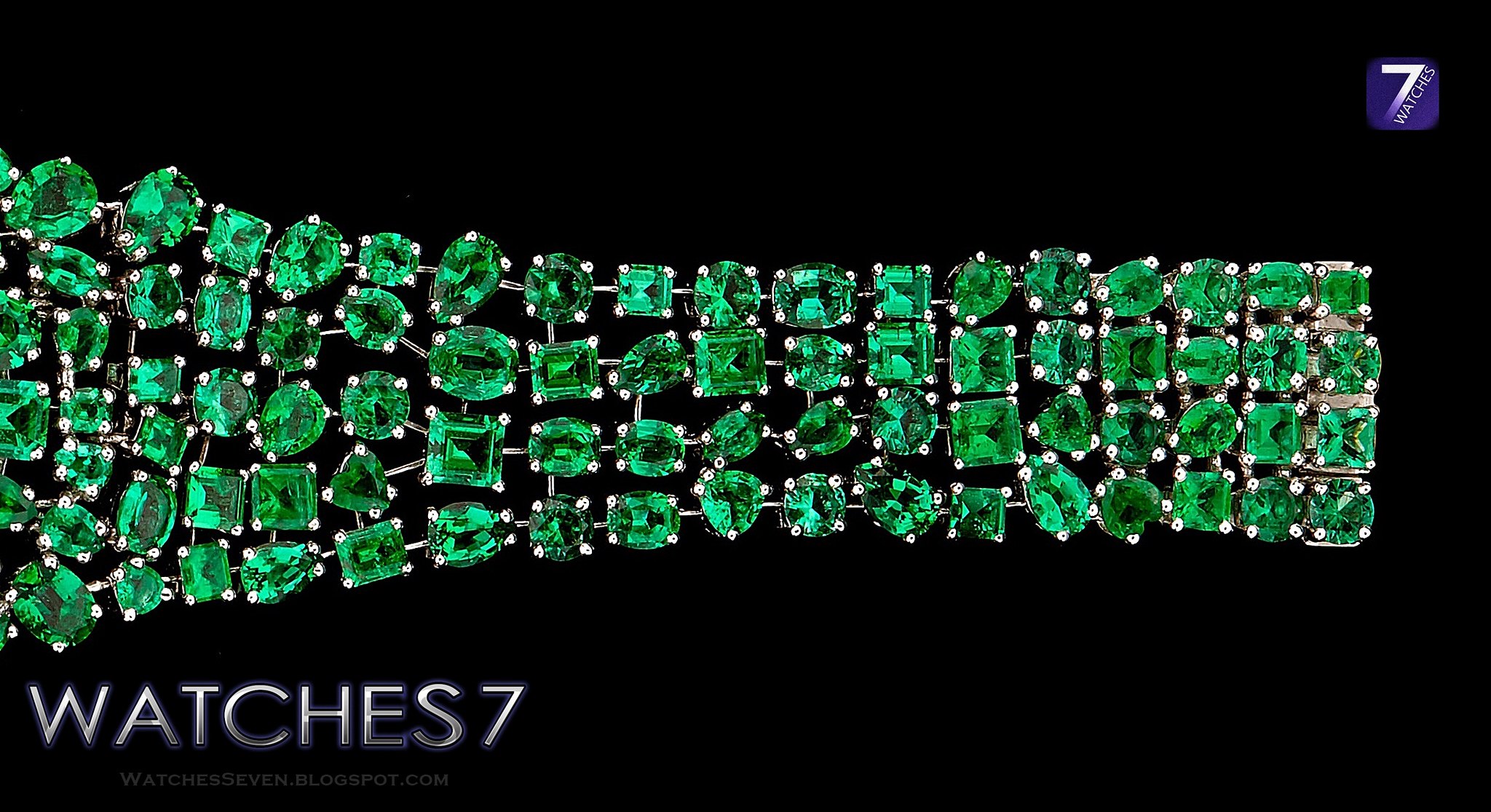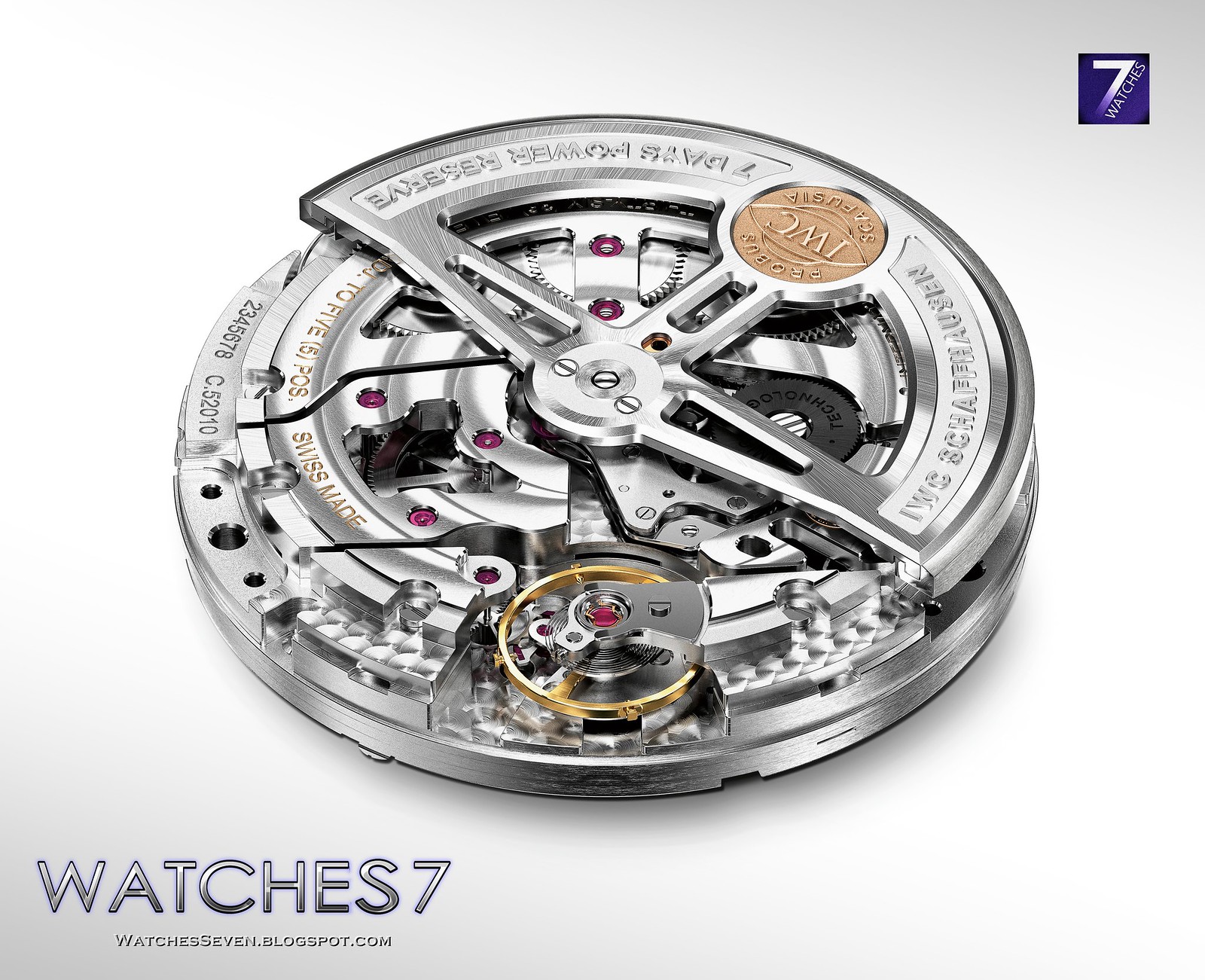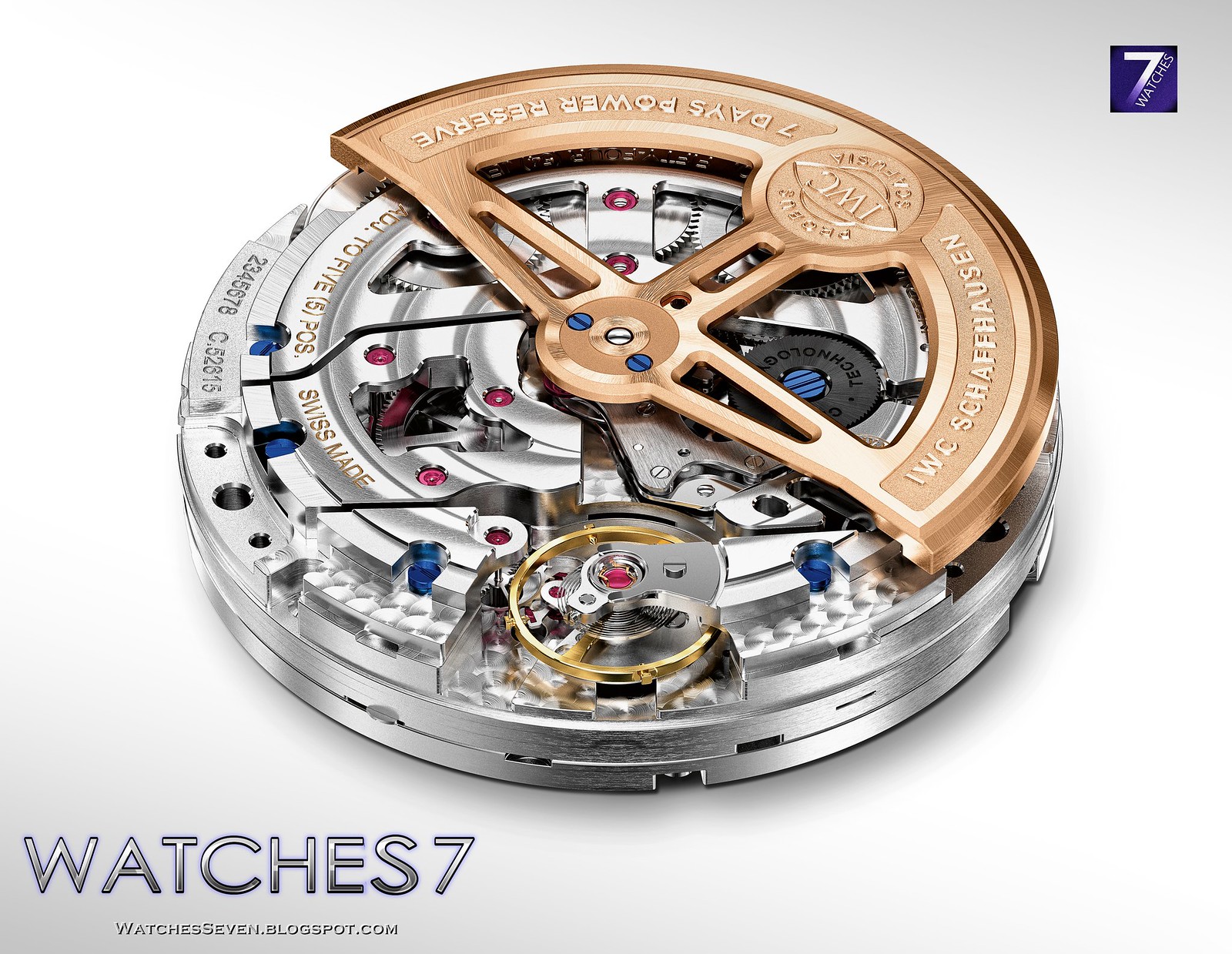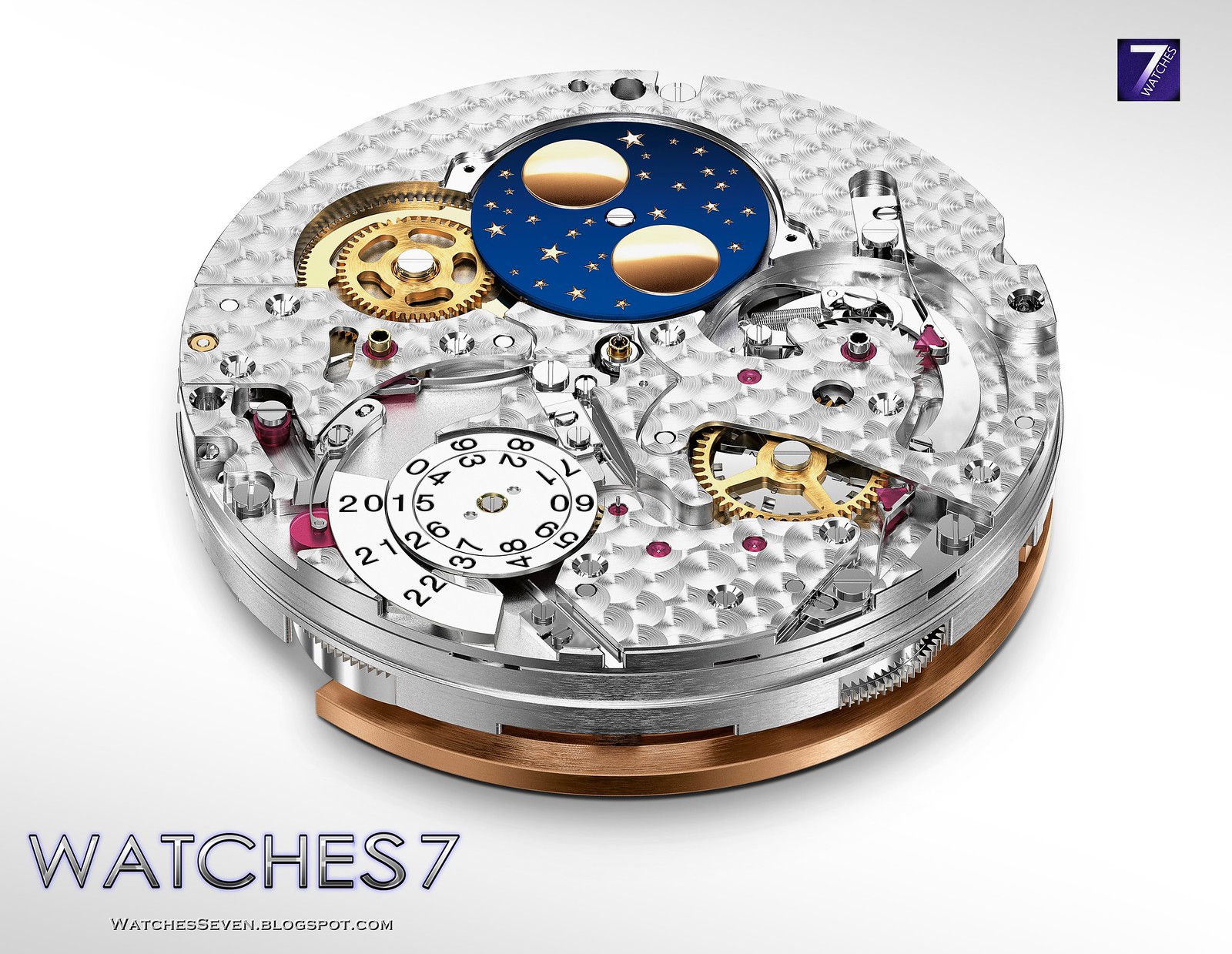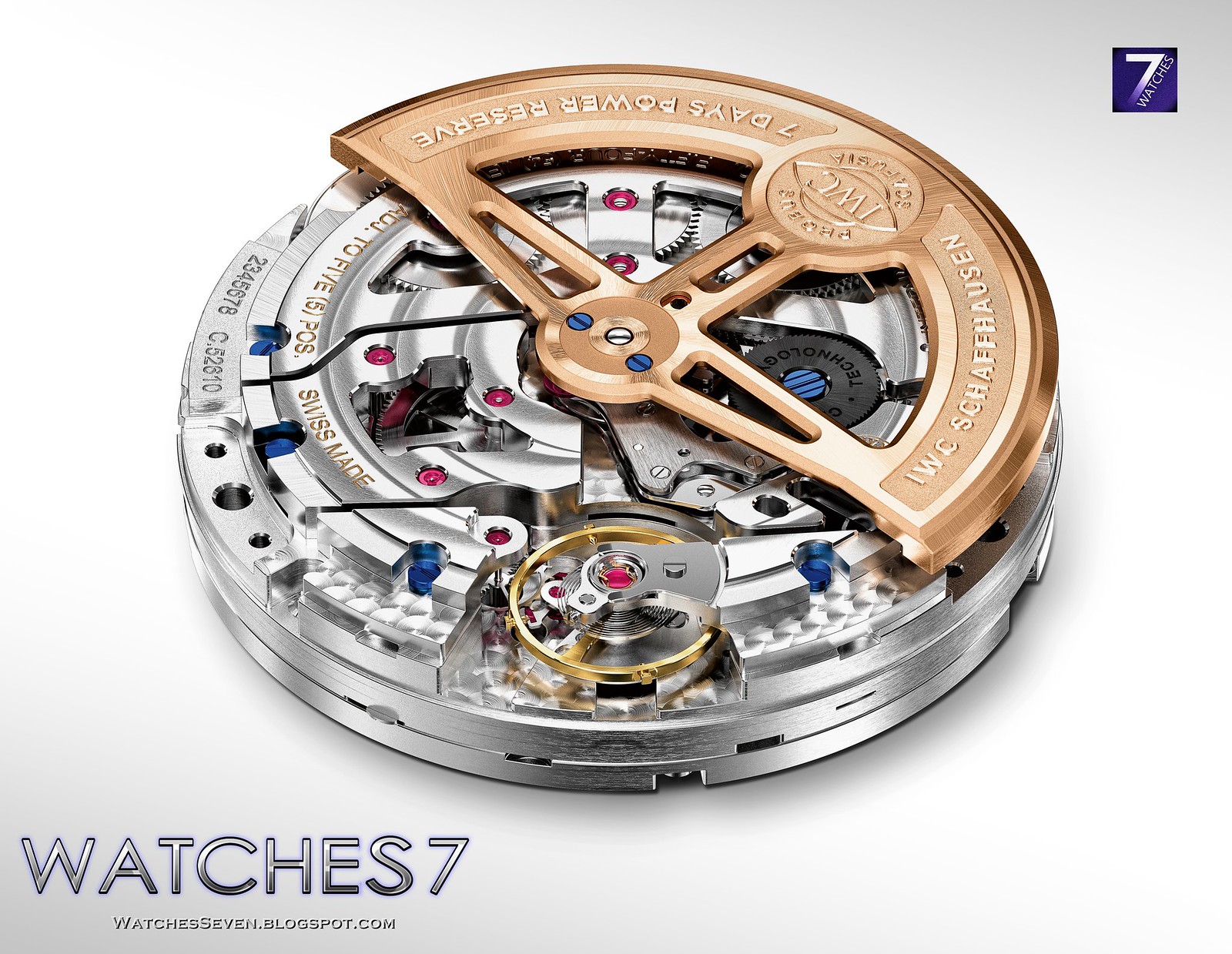
Backes & Strauss – Piccadilly Princess Royal Emerald Green - Unique Piece NEW
BESPOKE PIECE UNIQUE 2015
Backes & Strauss continues its collaboration with Gemfields in the creation of the unique Piccadilly Princess Royal Emerald Green timepiece. As the world's oldest diamond company, Backes & Strauss has collaborated with Gemfields for its expertise as leading supplier of coloured gemstones to create another timeless masterpiece.
Click on the mouse wheel to see the large size ... BIG FOTO
The Piccadilly Princess Royal Emerald Green is the third in a series of five unique watches, following the release of the Piccadilly Princess Royal Colours in 2014 and Piccadilly Princess Royal Blue in 2015. The series commemorates the 225th anniversary of Backes & Strauss.
Click on the mouse wheel to see the large size ... BIG FOTO
Backes & Strauss' creations are inspired by London’s Regency Era, when architect John Nash led initiatives commissioned by the Prince Regent to liven and recreate the city’s landscape. Architecture, art and culture flourished in this period, particularly the growth in the city's commitment to nature and the environment. The vibrant green emeralds on this Piccadilly Princess timepiece reflect London's devotion to its natural landmarks and lush green parks, celebrated and cherished from the Regency Era to today.
Click on the mouse wheel to see the large size ... BIG FOTO
This breath-taking, natural green vision displays 245 Zambian emeralds with 10 different cuts for a total of 31.91 carats. The responsibly sourced gems combined with Backes & Strauss' carefully engineered design create a brilliant piece found nowhere else in the world.
Click on the mouse wheel to see the large size ... BIG FOTO
Click on the mouse wheel to see the large size ... BIG FOTO
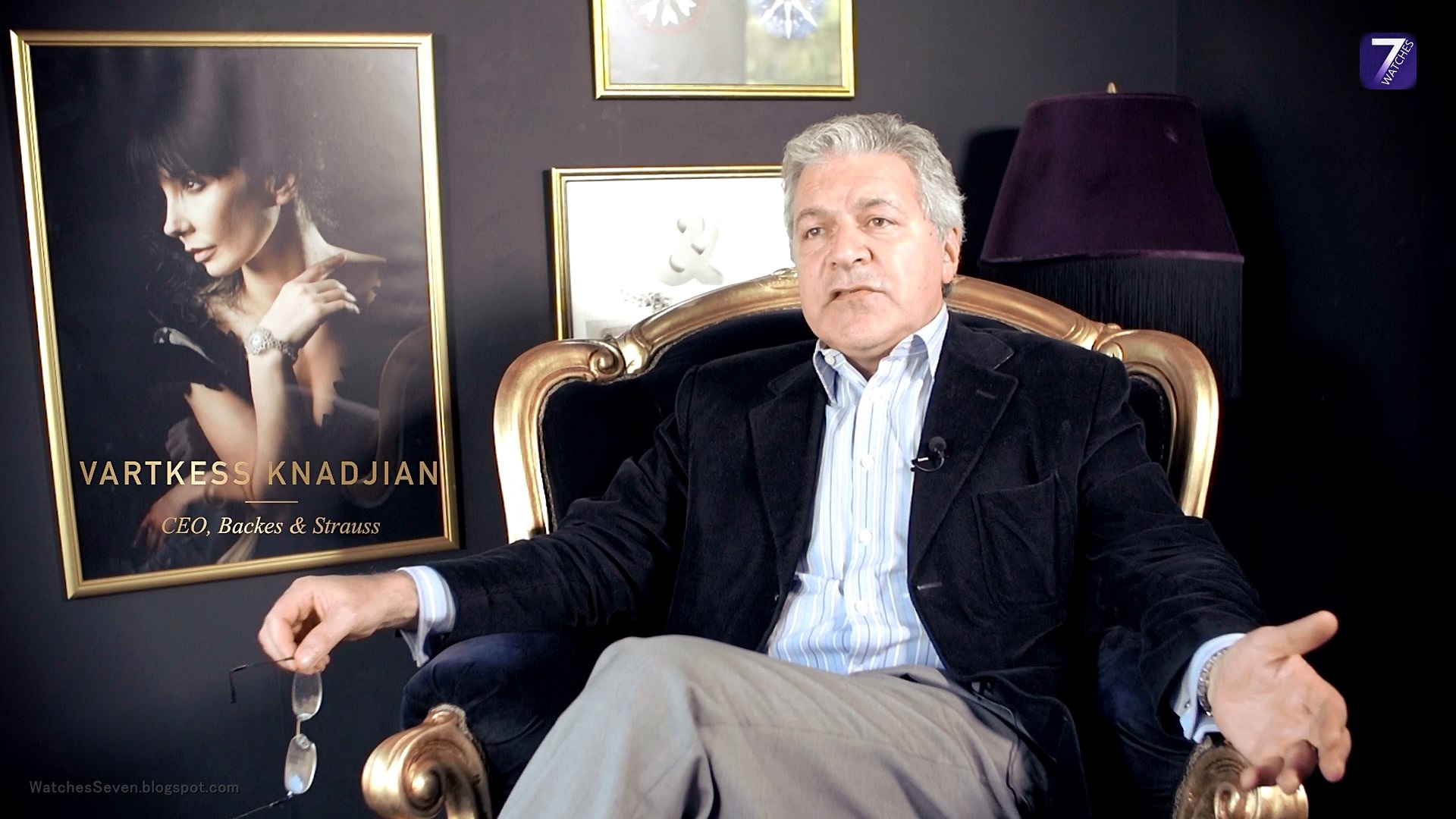
The exquisite quality of these vivid emeralds is attributed to the delicate and sustainable unearthing methods used in Gemfields' Kagem Mines in Zambia. "A shared dedication to environmental and human rights responsibility along with commitment to high-quality cut and polished stones are what have encouraged us to continue a partnership and create another masterpiece with Gemfields," states Vartkess Knadjian, CEO, Backes & Strauss.
Click on the mouse wheel to see the large size ...
Click on the mouse wheel to see the large size ... BIG FOTO
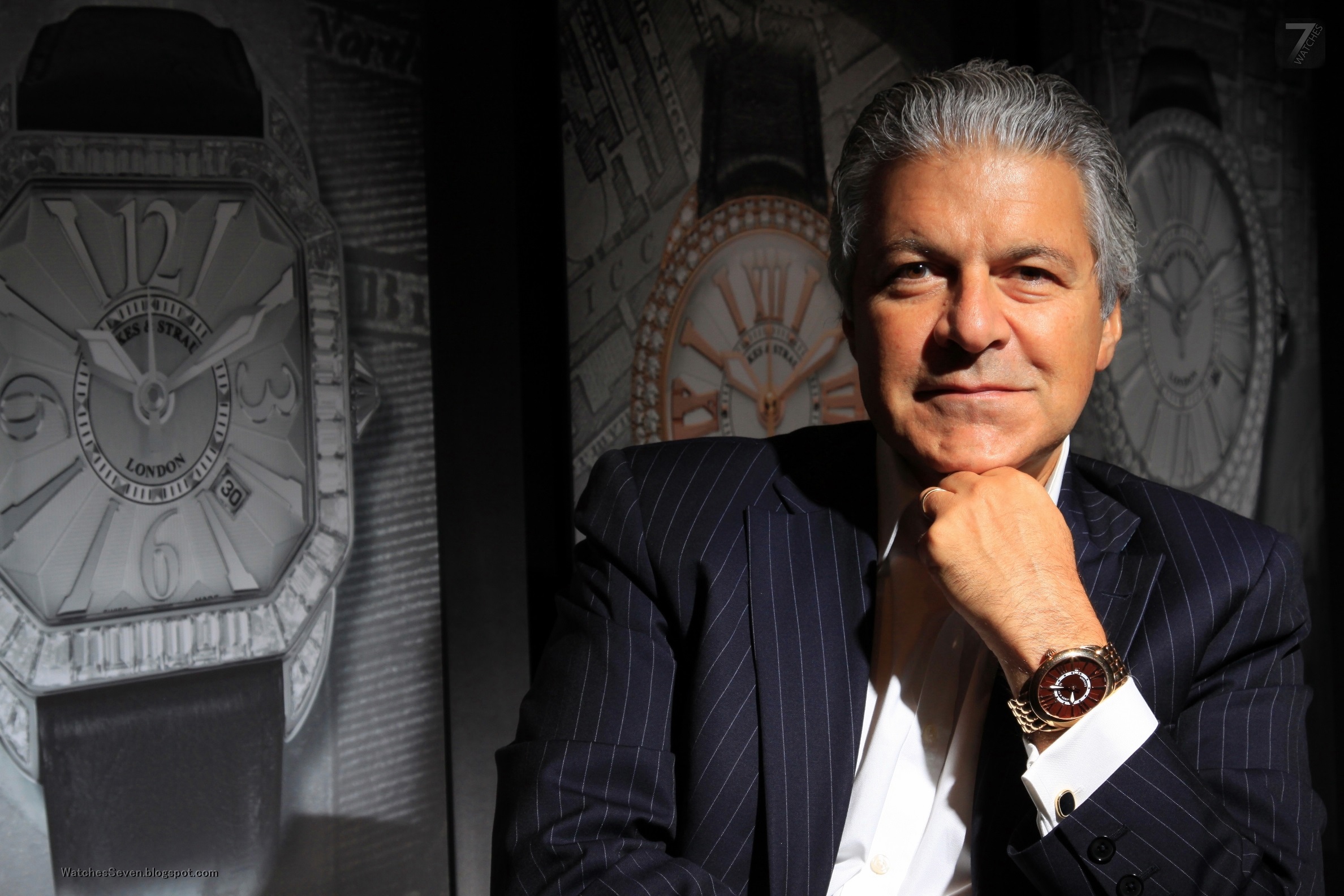
------------------------------------------------
ABOUT BACKES & STRAUSS
As the world’s oldest diamond company (est. 1789), Backes & Strauss has constantly looked forward, pioneering new diamond cutting techniques and enthralling connoisseurs with its compelling designs.
Today, Backes & Strauss is part of the Franck Muller group. Backes & Strauss and the Franck Muller Group are masters of the art and science of their respective crafts. While Backes & Strauss is occupied with light and Franck Muller is concerned with time, both share a devotion to mathematical precision.
The result of this meeting of masters is a collection of timepieces so intricate, they are veritable masterpieces both inside and out.
----------------------------------------------------
ABOUT GEMFIELDS
Gemfields is the world’s leading supplier of responsibly sourced coloured gemstones, specialising in high quality emeralds and amethysts from Zambia, and more recently rubies from Mozambique.
Click on the mouse wheel to see the large size ...
The company has pioneered leading environmental, social and safety standards within the sector and by doing so is able to provide discerning customers the assurance they require of the responsible journey their gemstones have taken from mine, to market.
www.Gemfields.co.uk
----------------------------------------
-----------------------------------------------------
Technical details:
Reference: PC.37.PRINCESS.ROYAL.Emerald Green
Size: 37 mm
Case: 18 carat White Gold case set with Natural Green Zambian emeralds
Dial: Set with White and Natural Zambian emeralds
Hands: Sword-shaped hands
Movement: Quartz
Display: Hours and minutes
Bracelet: Jewellery Bracelet in White Gold set with Green Zambian emeralds
Total carats:
245 Gemfields Zambian emeralds –
31.91 carats, 10 different cuts
-------------------------------------------------------
CONTACT
For further press information, please contact Karlina Nathan or Florence Bull:
Karlina Nathan: T. +44 (0) 203 772 2463 E backes&strauss@bellpottinger.com
Florence Bull: T. +44 (0) 207 629 5714 E fb@backesandstrauss.com
-----------------------------
Backes & Strauss
76 Brook Street, Mayfair, London, W1K 5EE
TEL: +44 (0) 207 518 2585
Email: info@backesandstrauss.com
-------------------------------------------------------
www.facebook.com - Backes Strauss London
-------------------------------------------------------------------------
www.Backes and Strauss.com


